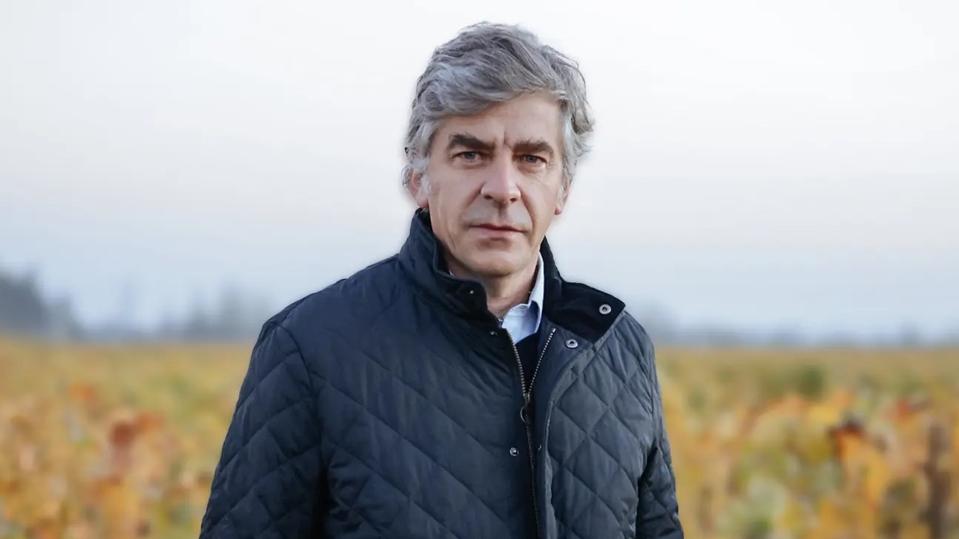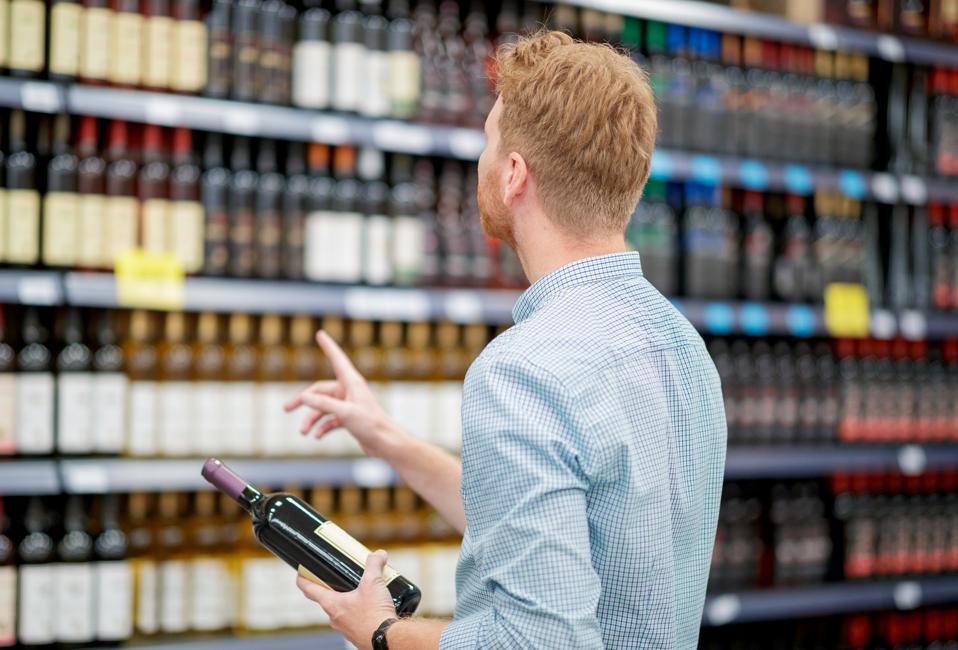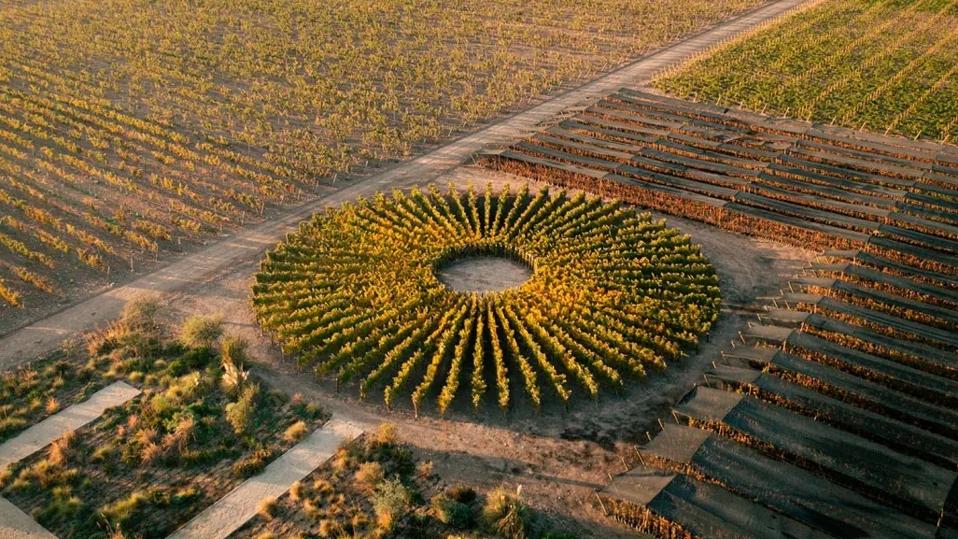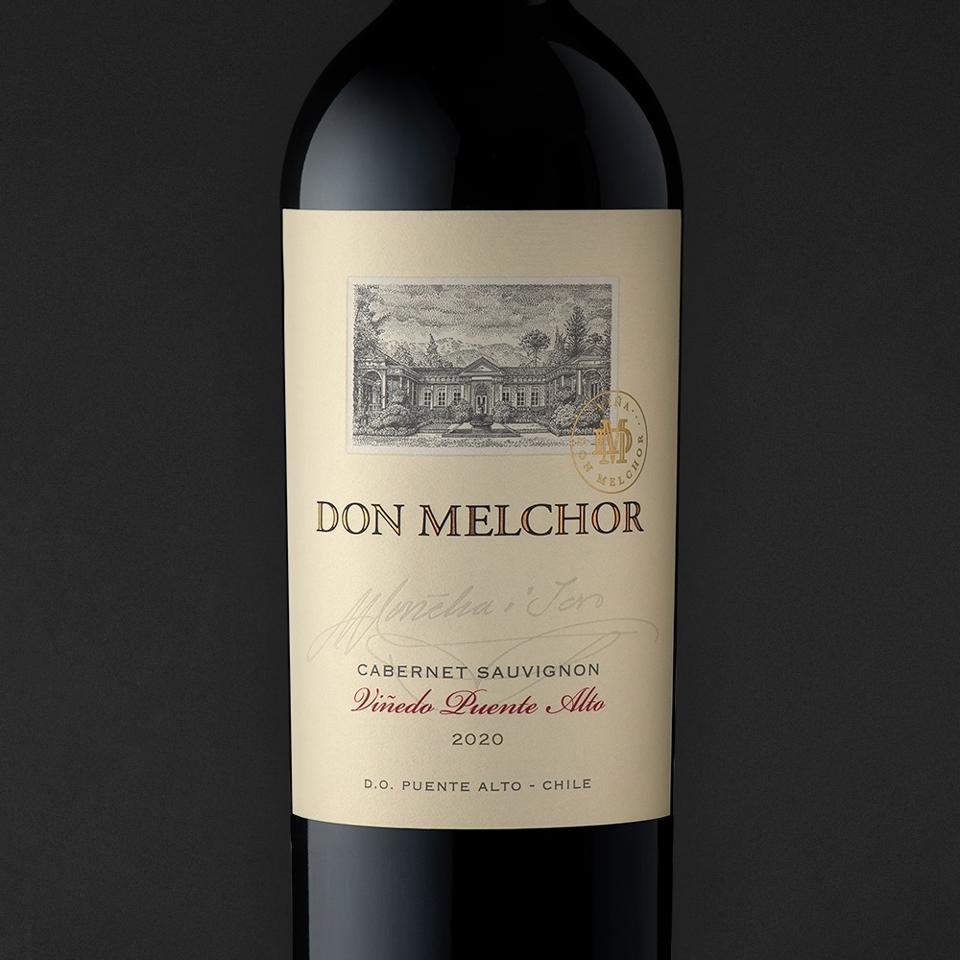Is there a more challenging arena to build a brand in than wine? Think about the last time you visited your local wine shop or supermarket wine section and you were confronted with a bewildering array of 750-ml bottles distinguishable only by their labels.
How did you resolve this conundrum? Did you buy the same wine you bought last time and liked? Did you buy one with a special sale price? Did you pick one that had an interesting name or label? Did a celebrity name or well-known brand influence your purchase?
Viña Don Melchor’s 2021 Cabernet Sauvignon was declared the #1 in Wine Spectator’s Top 100 Wines. I recently spoke with their winemaker and CEO Enrique Tirado, who explained how they built not just a superior wine but a superior brand.
Enrique Tirado, Viña Don Melchor winemaker and CEO
Tirado became Don Melchor’s managing winemaker in 1997 and leads the viniculture and blending process that produces each vintage.
The Winemaker Branding Dilemma
Making a good wine may be difficult, but so is building a brand in the overcrowded wine space. A few of the challenges a winemaker faces:
Overwhelming Number Of Wines
Many product categories are dominated by a few brands. Even when there are many brands of a particular product, retailers carry just a few. How many brands of toaster do you need to choose from?
Wine is different.
Retailers carry a huge number of brands. Within each brand there are often many varietals, like Pinot Noir and Chardonnay. Some brands have multiple variations for a particular varietal. They may have wines from different regions, like Napa or Lodi. There may be versions with labels like “Special Reserve” or other designations.
Choosing a bottle of wine from hundreds of choices can be bewildering for consumers.
Total Wine, the largest U.S. wine seller, lists 739 results for Cabernet Sauvignon in my closest store. Across all stores nationwide, they carry an eye-popping 3,674 options for just that one varietal. If you could buy one bottle of each Cab, that would be more than 300 cases of wine. Have your forklift ready, the delivery truck will show up with six two-ton pallets full of wine boxes – just for one varietal!
Across all of its stores, Total Wine offers more than 29,000 different wines.
Most Consumers Aren’t Great At Wine Tasting
While most wine drinkers will find varietals and individual wines they prefer, most have palates that are not really very discerning. Few individuals can detect the “exquisite dark fruit” and “smoky undertones” featured in tasting notes. Even sommeliers are challenged to find the same flavors in the same wine. More than a decade ago, The Guardian suggested that wine tasting was “junk science.”
Indeed, neuromarketing fMRI experiments show that when subjects are told a $5 wine actually cost $45, not only did they say it tasted better (a natural reaction) but their brains experienced it as better. Another experiment showed very different tasting results when the same subjects were served the same medium-priced wine in an inexpensive table wine bottle vs. when it was poured from a grand cru bottle a week later.
The evidence shows that the taste of the wine is mostly in the customer’s mind.
This puts more pressure on the brand itself. Even if you create an excellent wine, the vast majority of people will find it average if their perception of the brand, the packaging, etc. is merely average.
It’s not unlike the experiment that had one of the world’s finest violinists, Joshua Bell, play in the Washington D.C. subway. He put on a T-shirt and baseball cap and played his Stradivarius for 45 minutes. Almost nobody noticed – more than a thousand people passed by without a glance. A few stopped to listen. He collected some donations, mostly small coins. People weren’t expecting a world-class musician in the subway, so they failed to recognize the quality of his playing.
A winery needs to create the expectation of a great wine, not just make one. Usually, the reputation of a brand is based on its product. In wine, how customers experience the product is heavily influenced by the brand.
In short, consumers need to expect excellence to taste excellence.
Building the Don Melchor Brand
The Brand Origin Story
Every brand needs a story, and nowhere is that more true than with wine. The Concha y Toro winery was founded in 1883 when French vines were shipped to Chile and planted in the region’s unique soil. A hundred years later, Emile Peynaud, considered by many to be the father of modern winemaking, tasted a Cabernet Sauvignon from Puente Alto in the Maipo Valley. The rest, as they say, is history. A collaboration to create a truly great Chilean wine began, and the result was Don Melchor.
Appropriately for this effort, the winery took the brand of the original firm’s founder, Don Melchor, who brought the original vines to Chile. Also appropriately, the winery has its own brand – the parent brand, Concha y Toro, is known mainly for its selection of drinkable but inexpensive wines, mostly sold under $10.
The Technology Story
Some high-end wine brands might emphasize how they make the wine in the same way they have for decades or more. Tirado doesn’t shy away from showing how the winery uses innovative approaches to make the best possible wine.
Harvesting the grapes, for example, can have a critical time element. In years when there is plenty of moisture, the timing for picking the grapes can be forgiving. In a very dry year, the grapes must be picked when smaller. Even a day too early or late can make a difference. These decisions are based on a combination of human judgment and testing samples.
The winery celebrates its tradition, but doesn’t shy away from showing its use of technology.
The Sundial Vineyard
Perhaps the most compelling story is Don Melchor’s “sundial vineyard.” Normally, vines are planted in parallel rows, often on a north-south or east-west axis. Tirado oversaw the planting of a circular vineyard consisting of 900 plants in 60 rows radiating out from a central hub like spokes on a giant wheel.
Unique “sundial vineyard” is an ongoing experiment at Don Melcho
According to Tirado, this is a vast experiment. Each section of each row receives different exposure to sun and wind. Sections farther from the hub are farther from neighboring rows than sections closer in. Each small section, he explains, is unique. Each can be evaluated for moisture retention, production, and grape characteristics and quality.
The results are already being applied to the production vineyard. In a practice called “canopy management,” grape vines are periodically trimmed a bit like hedges to maintain their height and to allow sunlight to penetrate below. Using data from the sundial experiment, the canopies of the existing vines in some sections are being trimmed not horizontally but at a specific angle to simulate the conditions found to be most favorable.
The Wine Bottle And Label
For most wines, the label has one job: get seen on the shelf
Inexpensive wines may put attention-grabbing images like animals, mythical creatures, or other concepts to make the wine seem fun and approachable. Moderately priced wines may invest more in unique artwork, die-cut shapes, or metallic overlays to convey an upscale image.
As an uber-premium wine, Don Melchor plays it safe. Their label is traditional and conservative. The vintage-looking etching of the original winery conveys a sense of history and tradition, while the gold metallic stamp implies quality.
Don Melchor labels are traditional and conservative, in keeping with the brand and price point.
The Concha & Toro brand is now shown in barely visible script. This is a change from earlier vintages when the parent brand was displayed prominently in black and gold type.
A traditional, upscale label is a good fit for the brand. It’s not meant to stand out on a crowded shelf. Few people are going to scan their supermarket wine section for a bottle to bring home for dinner and come away with one that runs close to $200. Rather, it’s meant to reassure buyers that they have made a good choice.
Authority And Scarcity: The Final Influence Factors
So if the perception of a wine is heavily brand-based, what are other levers a brand can pull? We know that price is one factor – expensive wine taste better – and Don Melchor has that base covered. If price were the only factor, the experienced flavor would be fantastic.
Cialdini’s Scarcity Principle
Forty years ago, Robert Cialdini showed that things in short supply are more desirable than others. The last cookie in a jar tastes better than the same cookie from a full jar. A wine that is difficult to find and whose supply is limited will be more desirable than one on every store shelf.
All Don Melchor Cab comes from their 300-acre terroir. This limits the amount that can be produced each year. Furthermore, vintages are not interchangeable. The wines themselves are, of course, different. And, the recognition each vintage receives from critics and media will vary. This scarcity can only help the brand.
Cialdini’s Authority Principle
When consumers are buying a product where they don’t have deep expertise themselves, they look to authorities in that space. This, brands use well-known chefs to promote cooking gear. Sneaker companies use famous athletes to promote sneakers.
Wine is an even more inscrutable product than footwear for most consumers, so they look to authorities for advice – Wine Spectator, Wine Advocate, James Suckling, etc. If we assume that these wine tasters actually are pretty good at what they do, the product itself must be very good, in particular very good as measured against the standards the critics use. Those standards may or may not match what a typical consumer prefers.
Clearly, Don Melchor succeeded in creating a wine the critics like. The other factor is actually getting the brand on their radar and getting it reviewed year after year. Don Melchor has succeeded here, as well. As early as 1997 their Cab was named to Wine Spectator’s Best Wines of the World list. In ensuing years, they not only made the list but reached the top 10 several times. In 2020 wine critic James Suckling scored Don Melchor at a perfect 100. And, in 2024, Wine Spectator named it #1 on their Best list.
Doing what Don Melchor has done is remarkable but represents a path open to few wine brands.
Moderately priced brands less likely to tickle James Suckling’s palate have taken a different route to invoke authority. They enter wine competitions at state fairs and other events to rack up “gold medals.” Many of these are blind tastings, so with a bit of luck even very inexpensive wines can win. Some competitions are pay-to-play, greatly boosting the odds of even sub-par wines earning a medal.
The takeaway for any brand is that there are multiple paths to achieve authority. (But, please be honest!)
Building A Brand The Right Way
Don Melchor’s success in going from an idea to the #1 wine in the world is a masterclass in how to build a brand. They created an excellent product and centered their branding strategy on making it a super-premium brand. They combined tradition, technology and innovation to craft an image that supported the quality of the product. In an industry where perceived quality can be far more important than objective characteristics, they rose to the top.
This approach would have to be modified and adapted for other products and markets, though many of the same principles apply. On the plus side, just about every other industry can launch and iterate faster than a business that must wait for vines to grow and mature, and then operate on an annual ripening cycle. Here’s to your brand!





